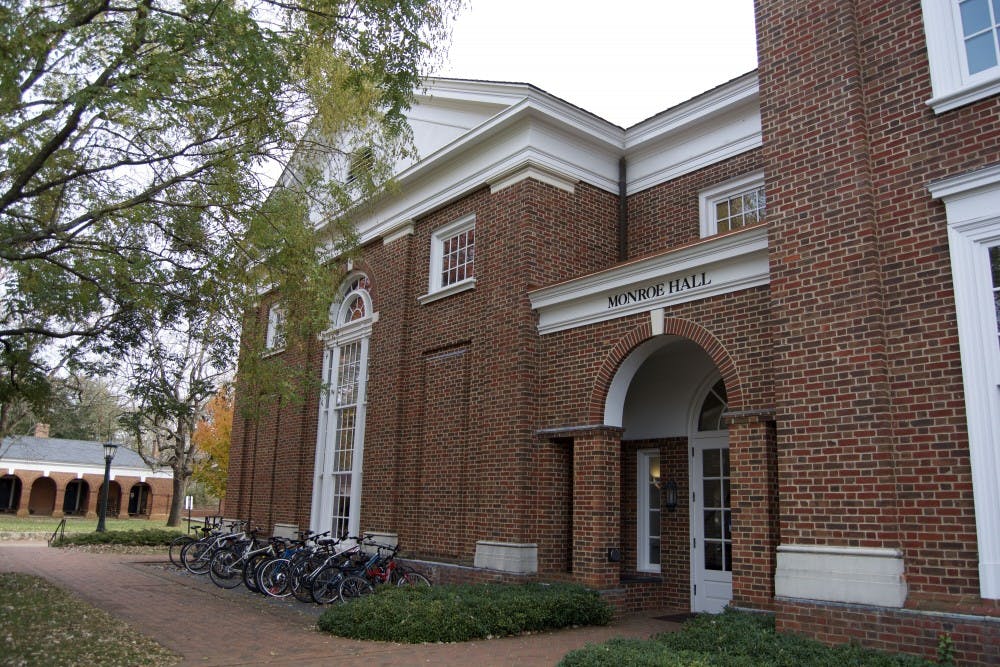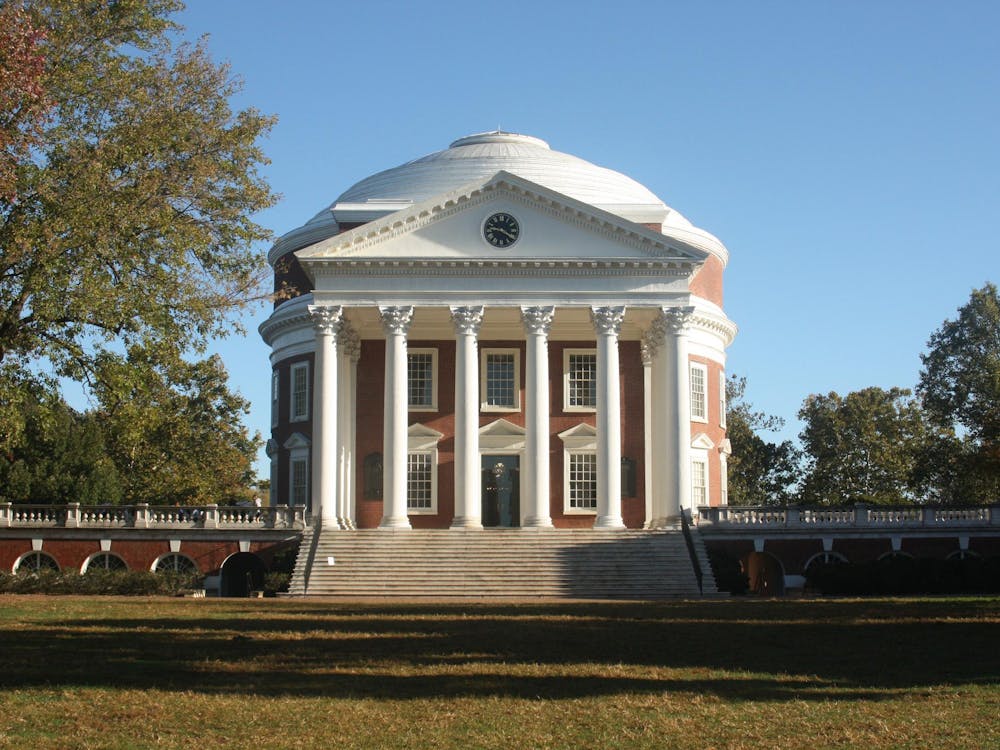Every first-year entering the College is presented with the choice of what curriculum they will take part in the summer before they begin their first semester — the Forums, Traditional or New Curriculum. I, along with many others, decided to take part in the New Curriculum, which offers a new take on fulfilling general education requirements. The feature that sets the New Curriculum apart is the Engagements — four half-semester courses students take throughout their first year. Engagement courses are supposed to foster discussion-based, seminar-like environments that tackle complex issues taught by College Fellows. While the offerings of the Engagements and the New Curriculum may sound appealing, the actual effectiveness of these courses and the program’s worth to students is minimal at best.
The College stresses that the New Curriculum provides an innovative edge through its Engagements that cannot be found elsewhere within the University. Ian Baucom, Buckner W. Clay dean of Arts & Sciences, has called the curriculum “bold, meaningful, and purposeful.” The problem is that there is no identifiable unifying factor among the Engagements that allows a deeper meaning in the curriculum to exist. The courses have no set structure — some are merely smaller lectures rather than the interactive spaces they claim to be. The quick seven-week timeframe of each individual Engagement often leads professors to assign more readings than a typical course, which explore many different topics, making it difficult for students to truly grasp the concept at hand.
The Engagements are also supplemented with a discussion section filled with first-years from across each individual category of engagements — aesthetics, empirical, ethical and difference. They have no direct relation to the course and only meet five times during each Engagement section, often making them rushed. They serve no purpose due to the room being filled with a group of students from different courses trying to discuss a vague topic that even the main Engagement course often struggles to connect to. The idea behind using these sections as a forum for discussion across the curriculum is valid, but the implementation falls short.
The New Curriculum also creates a scheduling issue for students. Switching into a new class halfway through a semester makes scheduling a more arduous process than it already is. The second Engagement of each semester will most likely be at a different time of the day than the one preceding it, forcing New Curriculum students to leave two hour-and-fifteen-minute periods open in their schedule. First-years are told to take many courses that interest them to help find out what they are passionate about, but the scheduling barrier the New Curriculum imposes makes this exploration much more difficult to carry out.
The New Curriculum is not all bad, seeing as it has several advantages, including smaller classes and some excellent Engagement professors. For example, Sylvia Chong, director of the American Studies program and associate professor of English, teaches a course called “Real or Fake,” which offers an in-depth conversation on the many aspects of identity. Her course challenges students to think about who they are, why they identify that way and how that impacts their interactions within society. This course provides that innovative and interactive touch that the New Curriculum has promised to students, but the problem is that not every Engagement course offered reaches that high standard.
Given that the New Curriculum is only in its second year of a three-year pilot program, the issues it is facing make sense. Academic Programs Manager Clarence Odom has done an excellent job reaching out to students for feedback on the curriculum in order to make it better every year for each incoming class. But in its current state, it is more of a hassle for students than a benefit. Discussion sections in their present form have no purpose, therefore removing or drastically altering them is vital for the future of Engagements. The Engagements as whole must have a better sense of what kind of courses they want to be rather than the current disorganized structure that they currently have.
The idea behind having a new, fresh curriculum that tests the norms of higher education is brilliant, but the current state of the New Curriculum makes it clear the program is not the answer. The College should not necessarily abolish this pilot program, though it should consider major changes in its implementation of the curriculum. Innovation and tackling big challenges are two of the major themes of the New Curriculum — and frankly innovation is what is needed to tackle the challenges the New Curriculum currently faces.
Hunter Hess is a Viewpoint Writer for The Cavalier Daily. He can be reached at opinion@cavalierdaily.com.







